
25.03.25
Cold or warm water? New findings on hand hygiene
A recent study shows that the water temperature when washing hands has no significant influence on germ reduction. The decisive factor is the duration of the wash: with a rinse time of 20 seconds, cold water reduced the germ load by 2.23 log levels, warm water by 2.39 log levels. A thorough hand wash with soap achieved a reduction of 2.68 log levels. The use of soap and sufficient washing time is therefore more important than the water temperature.
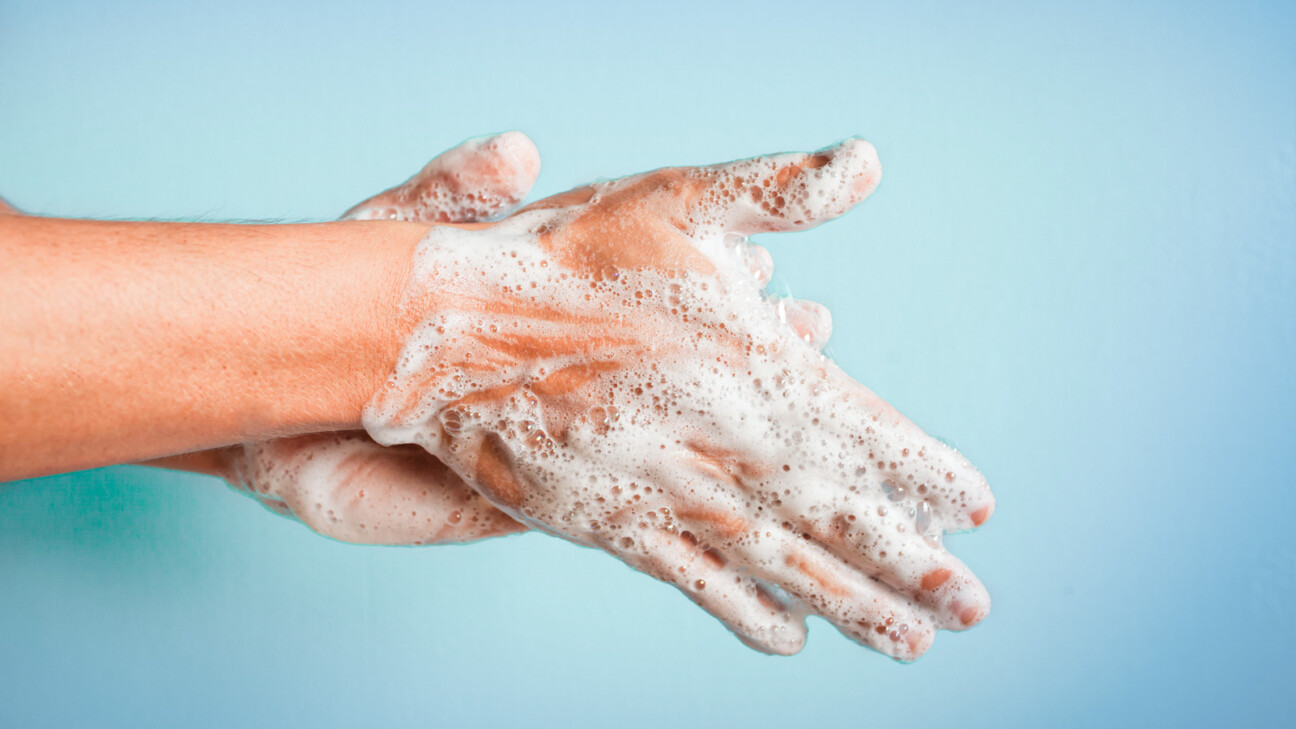
Hand hygiene is one of the most effective measures for preventing the spread of pathogens. But how important is the water temperature when washing hands really? A recent study published in GMS Hygiene and Infection Control investigated whether warm water offers an advantage over cold water. The surprising finding: cold water is just as effective as warm water when rinsing hands – as long as the rinsing time is long enough.
Background to the study
In many public washrooms, users often only stand in front of washbasins with cold water. At the same time, it can be observed that many people only briefly hold their hands under running water after using the toilet instead of washing them thoroughly with soap. Until now, however, there have been no clear scientific recommendations on the optimum water temperature for effective germ reduction when washing hands.
An international research team from the Medical University of Vienna, the University Hospital Bonn and the University Medicine Greifswald addressed this question and investigated the effectiveness of hand rinsing with cold (4°C) and warm water (40°C) for 10 and 20 seconds respectively. The results were compared with a reference hand wash in accordance with the European standard EN 1499, in which soap was used.
What does the germ reduction in log levels mean?
In the study, the reduction of bacteria was specified in log levels. This logarithmic indication describes the factor by which the number of bacteria was reduced:
- 1 log level means that 90 % of the germs have been removed (the germ count is reduced by a factor of 10).
- 2 log levels mean a reduction of 99 % (the bacterial count drops by a factor of 100).
- 3 log levels mean a reduction of 99.9 % (the bacterial count is reduced by a factor of 1,000).
The higher the log level, the more effective the germ reduction was.
The most important results of the study
The study came to the following conclusions: Rinsing hands for 10 seconds with cold water reduced the germ load by an average of 1.93 log levels (i.e. just under 99% of germs), while warm water performed only slightly better at 2.01 log levels. With a rinsing time of 20 seconds, cold water achieved a germ reduction of 2.23 log levels, while warm water was again only slightly higher at 2.39 log levels. However, both rinsing variants were significantly less effective than a thorough hand wash with soap, which achieved a germ reduction of 2.68 log levels. The decisive factor was not so much the water temperature as the rinsing time: longer rinsing led to a higher germ reduction in both cases.
Practical significance for everyday life
These findings have far-reaching practical implications. If cold water is just as effective as hot water, this could be used in public facilities to save energy and resources without compromising hand hygiene.
However, the study also shows that simply rinsing the hands – regardless of the temperature – is less effective than thorough hand washing with soap. This means that hygiene campaigns should continue to emphasise the importance of soap and sufficient washing time.
Conclusion: Effective hand hygiene without wasting energy
To summarise, it can be said that the water temperature has no significant influence on the reduction of pathogens. Rather, the decisive factor is that hands are rinsed for at least 20 seconds. In facilities that want to do without hot water for energy efficiency reasons, this study provides a scientifically sound basis for a changeover.


![166 150×150[1]](https://www.hygieneforum.ch/wp-content/uploads/166-150x1501-1.jpg)
![23 150×150[1]](https://www.hygieneforum.ch/wp-content/uploads/23-150x1501-1.jpeg)
![40 150×150[1]](https://www.hygieneforum.ch/wp-content/uploads/40-150x1501-1.jpg)
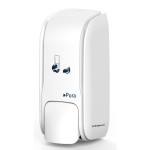
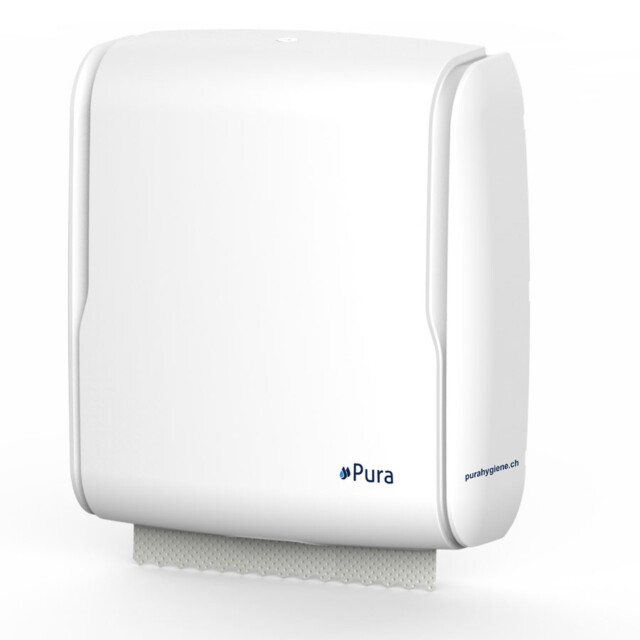
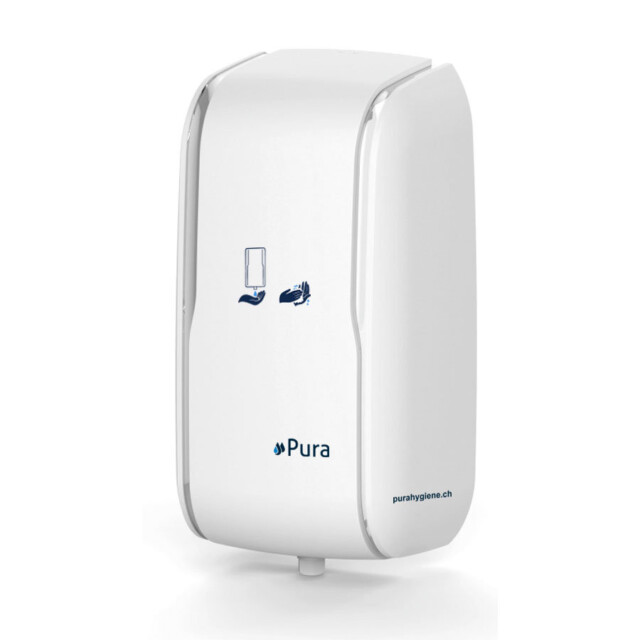

![35 150×150[1]](https://www.hygieneforum.ch/wp-content/uploads/35-150x1501-1.jpg)
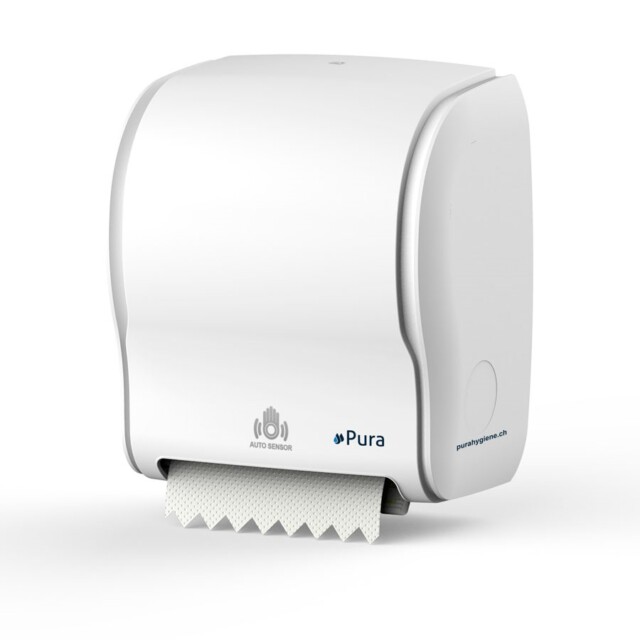
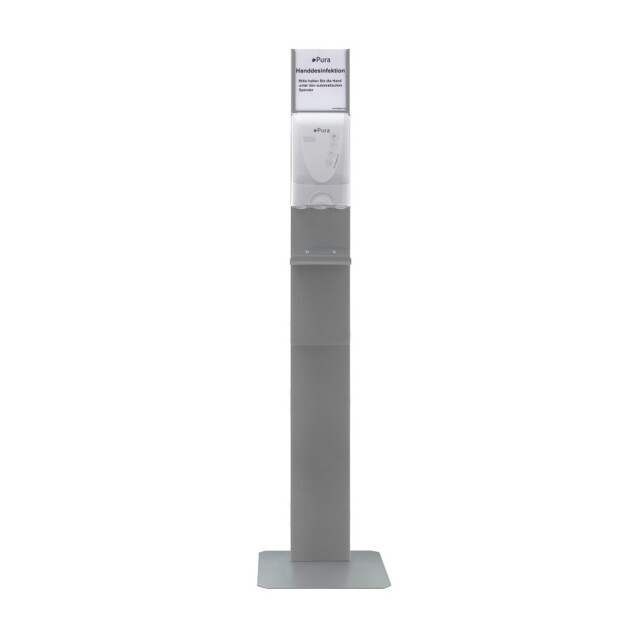
![156 150×150[1]](https://www.hygieneforum.ch/wp-content/uploads/156-150x1501-1.jpeg)
Tell us what you think
Be the first to comment this post.
You must be logged in to leave a comment.